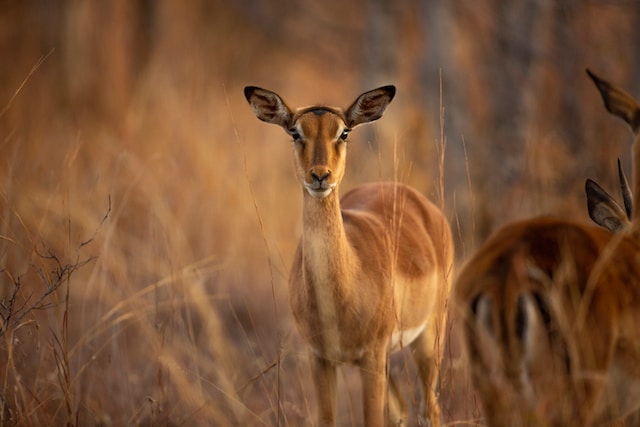
Wildlife, free and untamed, symbolizes the untapped beauty and wonder that our world holds. However, as human civilization expands and encroaches upon the natural landscapes, the vibrant tapestry begins to unravel, causing irreparable damage to the very fabric of life.
Wildlife conservation embodies the tireless efforts of individuals and organizations alike, striving to safeguard the diverse array of species that share this extraordinary planet with us. By preserving and protecting the fragile habitats these creatures call home, we embark upon a journey of not only environmental stewardship, but also one that celebrates the interconnectedness of all living beings.
At the heart of wildlife conservation lies a profound understanding of the intrinsic value of each species. From the mighty elephants, gracefully wandering across the African savannahs, to the enigmatic marine creatures, hidden beneath the depths of the ocean, every creature contributes to the intricate web of life.
Threats to Wildlife and Ecosystems
Within the realm of wildlife conservation, an understanding of the underlying threats facing our natural world is paramount. It is through this knowledge that we can develop effective strategies to mitigate, and ultimately overcome, the perils that encumber the fragile balance of ecosystems worldwide. From habitat destruction to poaching, let us explore the multifaceted challenges that endanger both the majestic creatures and the intricate web of life they inhabit.
Habitat Loss
The relentless expansion of human activities has resulted in the loss and fragmentation of crucial wildlife habitats. Deforestation, driven by agriculture, logging, and urbanization, disrupts entire ecosystems. As habitats shrink, wildlife populations dwindle, and the delicate connections between species are severed, leading to imbalances that ripple throughout the natural world.
Poaching and Illegal Wildlife Trade
The insidious practice of poaching poses a significant threat to countless species. Driven primarily by the demand for animal products, such as ivory, rhino horn, and exotic skins, this illicit market fuels the decimation of endangered wildlife populations. Poaching not only disrupts ecosystems but also undermines local communities’ economic stability, as the loss of iconic species often correlates with a decline in nature-based tourism.
Climate Change
The warming of our planet has emerged as one of the most pressing threats to wildlife and ecosystems worldwide. As temperatures rise, many species face challenges in adapting to new environmental conditions. Habitats once suitable for their survival are shifting and altering at an unprecedented rate. The delicate symbiotic relationships among species are disrupted, impacting the intricate ecological balance that has evolved over millennia.
Pollution and Contamination
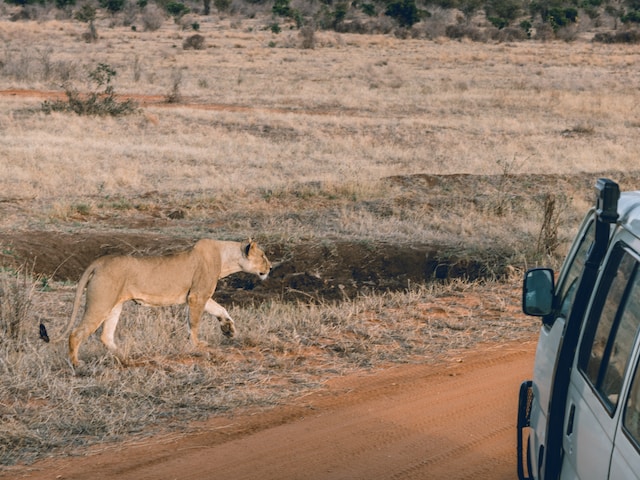
The steady degradation of our ecosystems through pollution and contamination further jeopardizes wildlife. Whether it is air and water pollution or the accumulation of plastic waste, our actions directly impact the well-being of numerous species.
From marine creatures ingesting microplastics to birds choking on discarded litter, the consequences of our disregard for the environment reverberate throughout the animal kingdom.
Invasive Species
The introduction of non-native species into ecosystems can have devastating effects on indigenous wildlife. Invasive species often outcompete local species for resources, disrupt natural food chains, and can cause the extinction of vulnerable species. The rampant spread of these invasives can lead to the displacement of native fauna, resulting in imbalances that have far-reaching consequences.
The Role of Conservation Programs
Conservation programs play a pivotal role in the fight to preserve and protect the world’s wildlife. These programs bring together a diverse range of stakeholders, from scientists and researchers to local communities and government bodies, all united by a shared vision of safeguarding our natural heritage for future generations. By combining their knowledge, resources, and expertise, these programs strive to address the pressing challenges facing wildlife and ecosystems worldwide.
Protected Areas
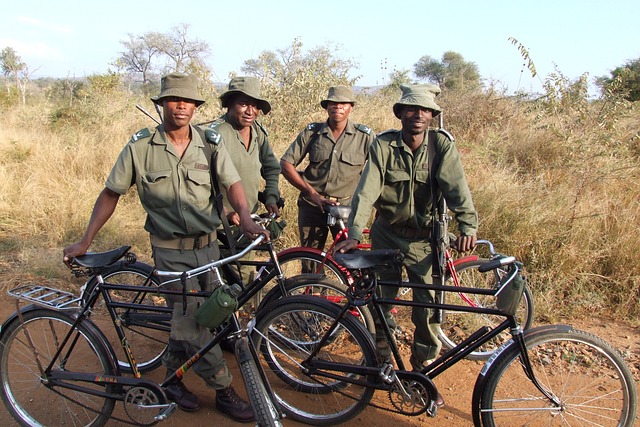
Protected areas, such as national parks, reserves, and sanctuaries, form the backbone of many conservation programs. These designated spaces provide a safe haven for wildlife, allowing them to thrive within their natural habitats without the threat of human interference or habitat destruction.
- Biodiversity Hotspots: Conservation programs often prioritize the protection of biodiversity hotspots—regions that are home to an exceptional concentration of species, many of which are found nowhere else on Earth. These hotspots serve as reservoirs of genetic diversity and hold immense ecological value.
- Ecological Monitoring: Conservation programs within protected areas employ sophisticated monitoring techniques to track and document key ecological indicators. Through the use of camera traps, satellite imagery, and acoustic monitoring, scientists can keep a vigilant eye on wildlife populations, detect changes in habitats, and identify potential threats in real-time.
Habitat Restoration
Habitat restoration forms another integral component of conservation programs, aiming to reclaim lost or degraded habitats and provide vital resources for wildlife.
- Reforestation: By planting trees in deforested areas, conservation programs strive to recreate vital forest ecosystems that support a myriad of plant and animal species. Reforestation efforts not only help combat climate change by sequestering carbon, but they also provide critical habitats for wildlife and mitigate soil erosion.
- Wetland Conservation: Wetlands are among the most biologically diverse and productive habitats on Earth, providing crucial ecosystem services such as water filtration, flood control, and carbon sequestration. Conservation programs focus on restoring and conserving wetland areas, safeguarding their unique flora and fauna.
Community Engagement
Conservation programs recognize that the involvement and support of local communities are essential for the long-term success of wildlife conservation efforts.
- Environmental Education: By promoting environmental education initiatives, conservation programs aim to increase awareness and understanding of the importance of biodiversity among local communities. Through workshops, outreach programs, and school curricula, they inspire the next generation to become stewards of the natural world.
- Sustainable Livelihoods: Conservation programs provide alternative livelihood opportunities to communities that may have depended on activities that harm wildlife, such as illegal hunting or logging. By supporting sustainable agriculture, eco-tourism, or handicraft production, these programs empower communities to protect natural resources while improving their own well-being.
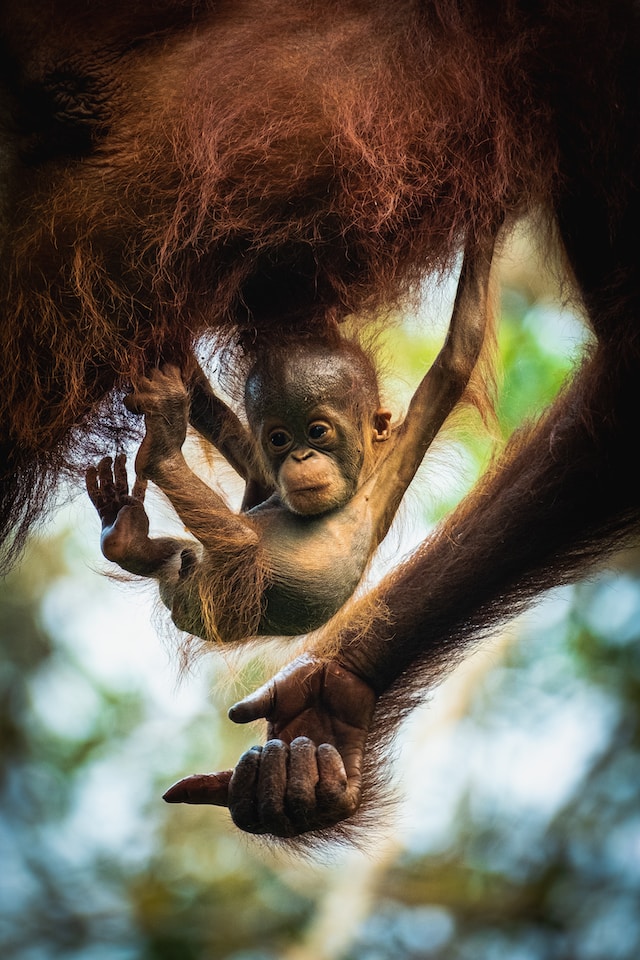
International Collaboration
Conservation programs transcend geographic boundaries, recognizing that the preservation of wildlife and ecosystems requires collective, global efforts.
- Cross-Border Initiatives: International collaboration between governments, non-profit organizations, and local communities is essential to implement effective conservation strategies across shared ecosystems. By fostering cooperation and knowledge-sharing, these initiatives help protect migratory species and address transboundary issues.
- Sustainable Development Goals: Conservation programs align their efforts with the United Nations Sustainable Development Goals, recognizing that the well-being of people and the planet are interconnected. By addressing global challenges such as poverty, hunger, and climate change, conservation programs contribute to a more sustainable future for both humanity and wildlife.
Anti-Poaching Measures
Poaching, a rampant and destructive practice, continues to pose a significant threat to wildlife across the globe. To curb this illicit trade and protect endangered species, various anti-poaching measures have been implemented. These initiatives aim to disrupt poaching networks, strengthen law enforcement, and raise awareness about the consequences of poaching. Through a multi-faceted approach, these strategies strive to safeguard the precious biodiversity that graces our planet.
Strengthening Law Enforcement
Anti-Poaching Patrols: Equipping and deploying well-trained anti-poaching patrols in protected areas forms a crucial line of defense against poaching. These patrols, often comprising rangers and local community members, can effectively detect and intercept illegal activities, assisting in the apprehension of poachers.
Technology and Surveillance: Embracing innovative technology such as drones, camera traps, and satellite imagery enables conservationists to monitor vast areas and detect poaching activities more efficiently. Surveillance systems can provide valuable data for law enforcement agencies, facilitating targeted responses to combat poaching.
Collaboration with Law Enforcement Agencies: Collaborating with national and international law enforcement agencies is vital to address the transnational nature of wildlife trafficking. Sharing intelligence, coordinating operations, and providing training and resources can strengthen the legal framework required to combat poaching effectively.
Public Awareness and Education
Campaigns and Outreach Programs: Raising public awareness about the devastating impacts of poaching is crucial to garner support for wildlife conservation. Strategic campaigns and outreach programs can educate communities about the ecological significance of wildlife, the illegal wildlife trade, and the consequences of poaching on ecosystems and local economies.
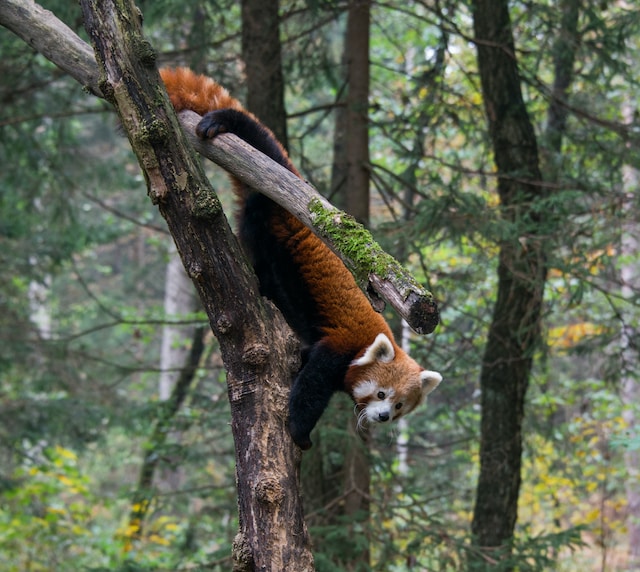
Education in Local Communities: Through school curricula, workshops, and community events, conservation programs aim to instill a sense of environmental stewardship and foster a deeper understanding of the value of wildlife.
Targeting the Demand
Legislative Measures: Strengthening legislation and imposing severe penalties for wildlife crime serve as effective deterrents. Enacting and enforcing strict laws against the consumption, possession, and trade of illegal wildlife products can reduce the demand that drives poaching.
Consumer Awareness Campaigns: Educating consumers about the ethical and environmental consequences of purchasing illegal wildlife products is crucial in reducing demand. Engaging with the public through campaigns, informational materials, and social media platforms can highlight the importance of making informed and responsible choices.
Collaboration and International Cooperation
Interagency Collaboration: Building partnerships between conservation organizations, governments, and international bodies fosters collaboration and knowledge sharing. Coordinated efforts can strengthen anti-poaching initiatives, enhance intelligence-gathering capabilities, and facilitate the prosecution of wildlife traffickers.
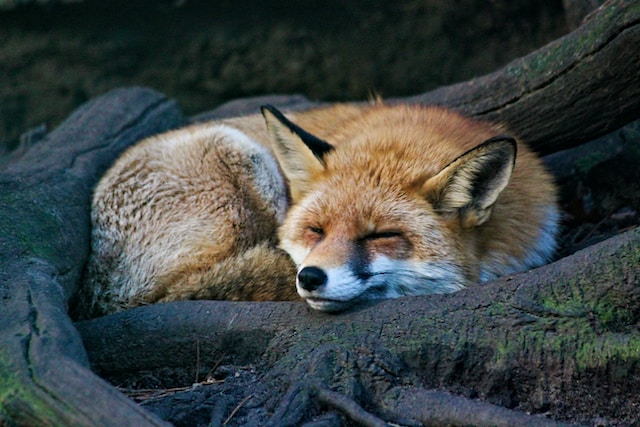
Global Task Forces: The establishment of specialized task forces at regional and international levels can improve coordination between countries and combat transnational wildlife crime more effectively.
These task forces can facilitate information exchange, joint operations, and capacity-building among member nations.
Challenges and Ethical Considerations
Conservation efforts are not without their fair share of challenges and ethical considerations. As we navigate the complex landscape of wildlife preservation, it is important to confront these obstacles head-on and address the moral dilemmas that arise. Here, we explore some of the key challenges and ethical considerations in the realm of wildlife conservation:
- Balancing Conservation with Human Needs: One of the greatest challenges in wildlife conservation is finding the delicate balance between protecting wildlife and respecting the needs of local communities. As conservationists strive to preserve habitats and safeguard species, it is crucial to ensure that the rights and livelihoods of communities are not disregarded. Engaging in meaningful dialogue, incorporating traditional knowledge, and implementing sustainable development initiatives can help strike a harmonious balance.
- Financial Constraints: Conservation efforts often face financial constraints, making it difficult to implement and sustain long-term conservation initiatives. Funding sources can be scarce, and efforts to secure financial support must compete with other pressing global concerns. Raising public awareness about the importance of wildlife conservation, advocating for government funding, and encouraging corporate sponsorship are just a few strategies to alleviate this challenge.
- Invasive Species Management: While conservation programs aim to protect native species, addressing the issue of invasive species can be ethically challenging. Eradicating or controlling invasive species is crucial to preserve biodiversity, but it requires careful consideration of potential ecological consequences. Implementing management strategies that prioritize native species while minimizing harm to non-native species should be a priority.
- Animal Welfare and Conservation: The ethical dimensions of wildlife conservation extend to animal welfare considerations. As conservationists work to safeguard habitats and species, it is imperative to prioritize the well-being of individual animals. This includes addressing issues related to captive breeding, rehabilitation, and reintroduction programs, ensuring that animals are not subjected to unnecessary suffering during conservation efforts.
- Indigenous Knowledge and Rights: Recognizing and respecting the traditional knowledge and rights of indigenous communities is an essential ethical consideration in wildlife conservation. Indigenous communities often possess invaluable knowledge about ecosystems and wildlife management practices that have been passed down through generations. Collaboration with these communities and acknowledging their custodial role in protecting natural resources are fundamental to ethical conservation practices.
- Sustainable Tourism: While eco-tourism can bring economic benefits and raise awareness about conservation, it also poses risks if not managed properly. Finding the right balance between promoting sustainable tourism and minimizing the negative impacts on wildlife and their habitats is crucial. Educating tourists about responsible behavior, setting visitor limits, and ensuring that tourism operations adhere to ethical guidelines are key considerations.
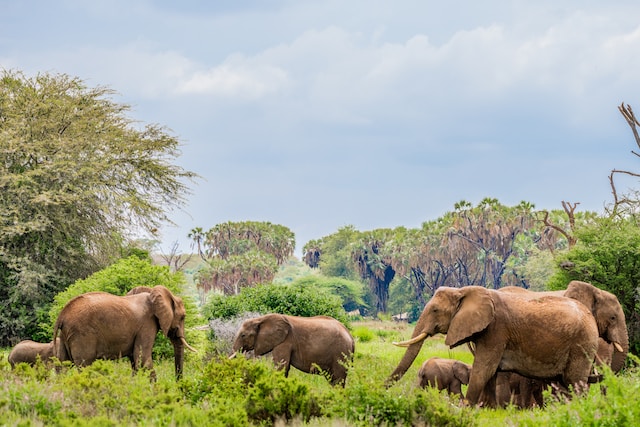
- Climate Change Adaptation: As climate change continues to alter habitats and disrupt ecosystems, conservation efforts must adapt accordingly. This adaptation may involve difficult decisions regarding assisted migration, captive breeding programs, or interventions to enhance species’ resilience to changing environmental conditions. Ethical considerations arise in weighing the potential benefits of intervention against the potential risks and unintended consequences.
- Collaboration and Equity: Ensuring equity and inclusivity in conservation efforts is an ethical imperative. Collaborating with local communities, marginalized groups, and diverse stakeholders is vital to avoid perpetuating power imbalances and ensure that the benefits of conservation are shared equitably. Communities should be involved in decision-making processes and should have a voice in shaping conservation strategies that directly affect their lives.
From combating poaching and habitat destruction to addressing the impacts of climate change and promoting sustainable practices, the fight for wildlife conservation is a collective and multifaceted endeavor. It requires the collaboration and involvement of individuals, communities, governments, and organizations, all united by a shared vision of harmony between humanity and nature.


